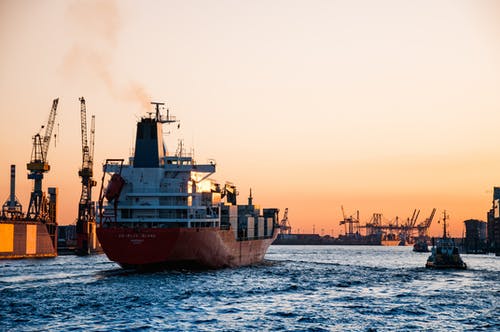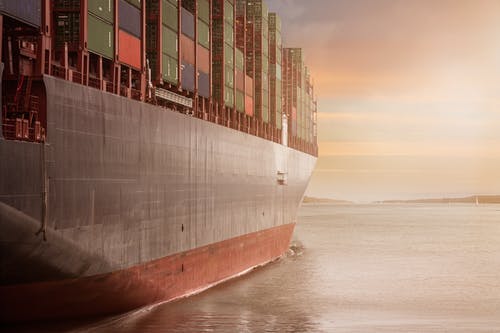If there isn’t a means to put great ideas into action, they remain wonderful presumptions. Consider the idea to be the source of inspiration, and the organization to be the effort required to bring it to life. But, of course, that job isn’t a one-time event: it’s a system that moves from one job to the next. From the idea through the implementation to the customer, there are several stops along the way.
Logistics management is the process of organizing a work process. It takes into account everything from data to resources, manufacturing, and more. Without logistics management, any product’s numerous phases will swiftly devolve into chaos. Don’t be alarmed if you’re unfamiliar with logistics management. Here’s a rundown of the fundamentals and how to apply them to your company.
What Is Logistics Management?
Logistics management is the process of planning, coordinating, and executing a project. When it comes to enterprise, that process refers to the flow of operations from beginning to conclusion in order to meet both consumer and organizational expectations.

Logistics management is responsible for a wide range of resources, including tangible products (such as resources, machinery, and consumables) as well as food and other consumables. Logistics management companies like CIA Logistics entails combining the information flow and its management systems, as well as handling of materials, production packing, stock, transport, storage, and, on occasion, security.
A specific simulation software is frequently used to simulate, analyse, visualize, and optimize this complicated logistical issue. A logistician is someone who works in this sector.
Logistics Management: There Are Several Types
Supply Management and Logistics
This entails planning, obtaining, and coordinating resources that are required at a specific time and in a specific location for the completion of a work. This involves both the conveyance of the supplies and a storage location. Furthermore, assessing the quantity of supply at various stages of the process is necessary to ensure that the customer’s expectations are met, such as providing resources to a worksite or components to a production facility.
Material and Distribution Movement
This carries items from storage to their final destination. Handling materials, includes loading, offloading, and transit, as well as retaining track of the inventory and how to use it, are all issues. This sort of management oversees the flow of goods from a main depot to the retail outlets where the product is sold to the general public.

Logistics and Management of Production
This oversees the processes of assembling distributed supplies into a finished product, such as arranging what is required to create or assemble a product. This entails putting materials in the appropriate place at the right time to help in the construction of a product. This sort of logistics management belongs to the product management category.
Return of Products and Reverse Logistics
This is about recuperating resources and supplies from the manufacturing process. On a construction area, for instance, it entails the removal of superfluous materials and their return to inventory. It could also refer to a client returning undesirable or unused goods in exchange for a refund.